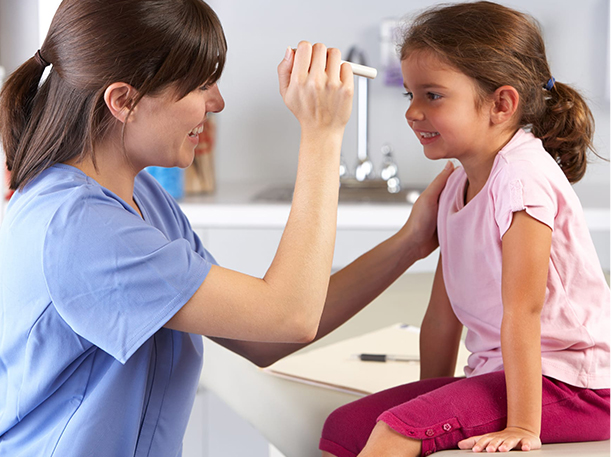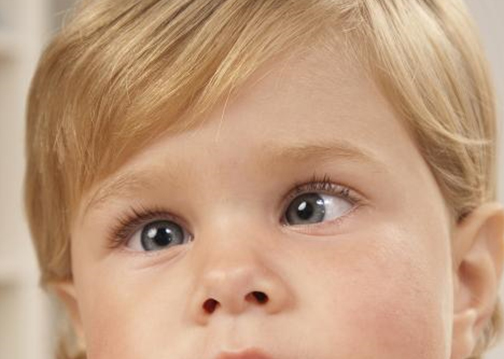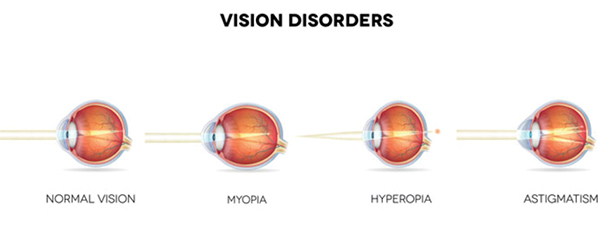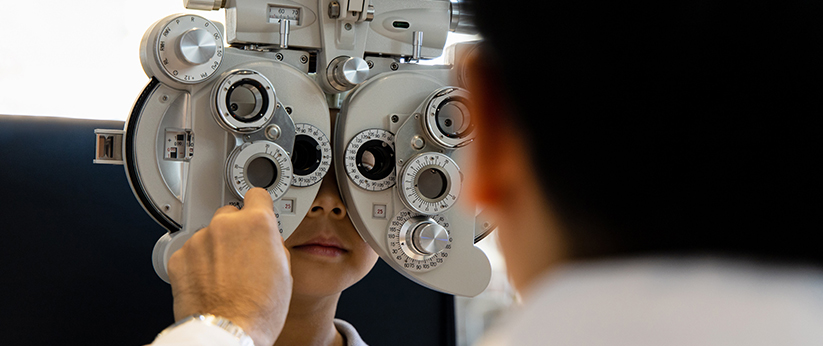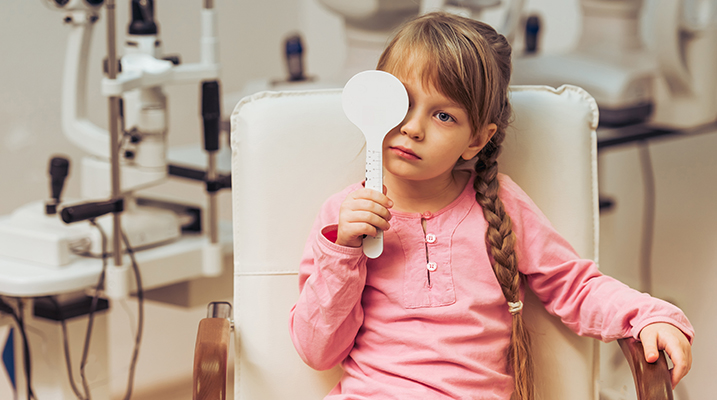The Canadian Association of Optometrists recommends children have their eyes examined in:
- The first year of life
- Before starting pre-school
- Each year thereafter
Children are our most precious asset. Experts report that 80% of learning is visual, however, most children will not verbalize that they cannot see well. Poor vision is simply an unnecessary barrier to learning. Very early detection and treatment of poor vision in children is important for visual development.

